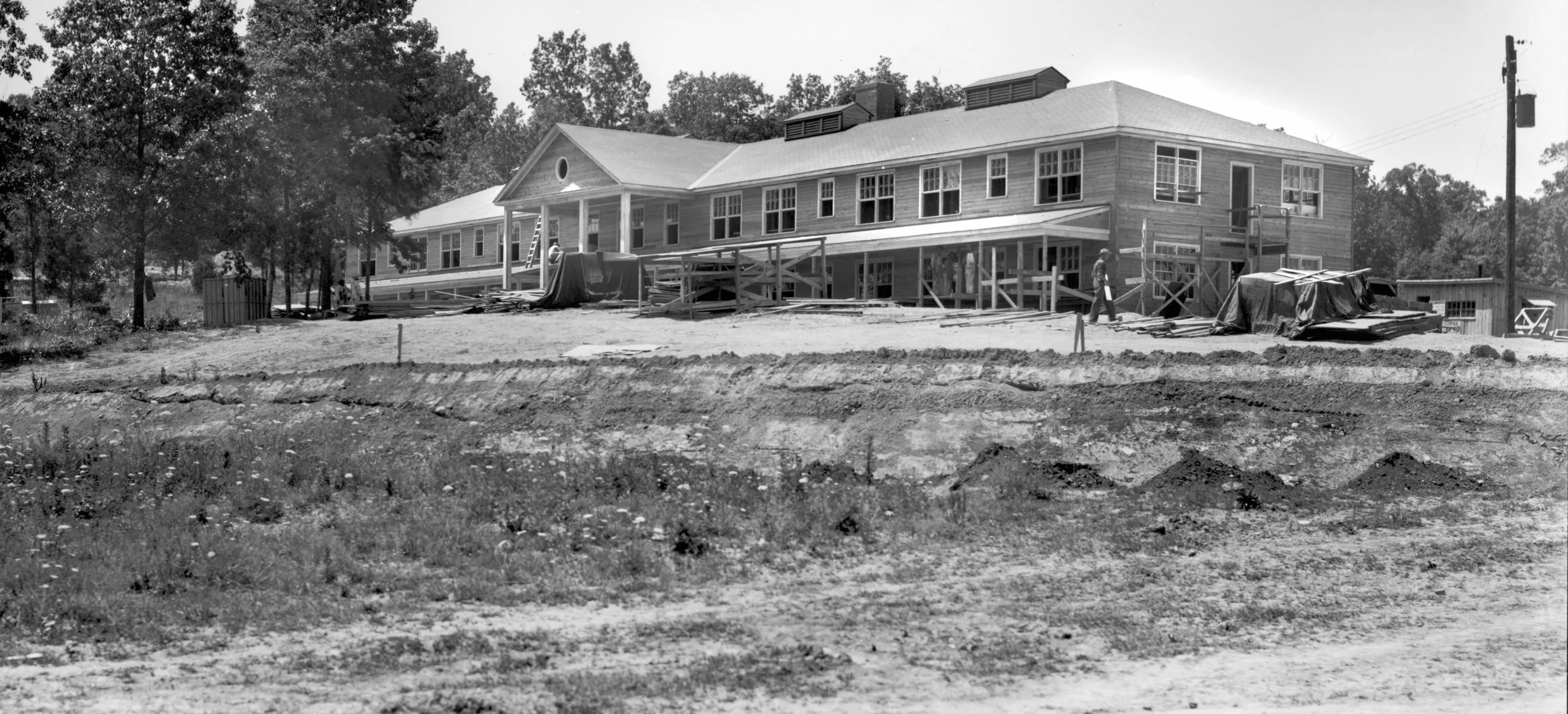On Wednesday April 25,1945 President Harry Truman met with Secretary of War Henry Stimson and General Leslie Groves, so he could be briefed on a top secret military operation: The Manhattan Project. Truman had been president for 14 days.
He was vice-president for only 82 days. He had met with FDR twice during that time in what amounted to glorified photo-ops for the press. It seems nothing of consequence was discussed. Truman noted in his diary that the president appeared very ill.
The Vice-President of the United States didn’t need to know about The Manhattan Project. Truman wasn’t totally in the dark. On April 12, after being sworn in as President of the United States, following the sudden death of FDR, Secretary of War Stimson, approached the new president, and told him they needed to meet about an important top secret war project which would produce a weapon of unimaginable destructive power. An inkling of a clue.
A few years earlier, while Senator Harry Truman of Missouri chaired the Special Committee to Investigate the National Defense Program he noticed massive amounts of money secretly going into a nameless program with no Congressional oversight. Something suspicious was up. Truman was determined to get to the bottom of this mystery project.
Senator Truman wanted to send two investigators to Pasco, Washington, which was close to Hanford, to look into shabbily produced housing for workers there. Hanford was home to The Manhattan Project’s plutonium producing reactors. Secretary Stimson intervened with Truman and told the Senator he would personally take responsibility for any misuse of public funds in connection with housing, but only after the war was over. This satisfied Truman.
During the Stimson/Groves meeting, Truman was given a 24 page report to read about The Manhattan Project. Truman scoffed at reading it while in a meeting, but both officials urged him to read it, saying it was the most concise way to understand the project quickly. So he read about the largest scientific experiment ever attempted by mankind.
A “need to know basis” was a guiding principle for The Manhattan Project during the war. Of the estimated 75,000 workers in Oak Ridge during the war, the history experts claim 200-300 people knew the purpose for the top secret industrial site.
Imagine the surprise of all those workers when President Truman addressed the nation by radio on August 6, 1945 and announced the bombing of Hiroshima with a new atomic weapon. During the announcement, Truman told the nation the weapon had been developed in Hanford, Washington, Los Alamos, New Mexico and in Oak Ridge, Tennessee.
Many Oak Ridgers first learned the purpose of their years of work from President Truman on the radio. The irony is that Truman had only known about the project for 103 days.

